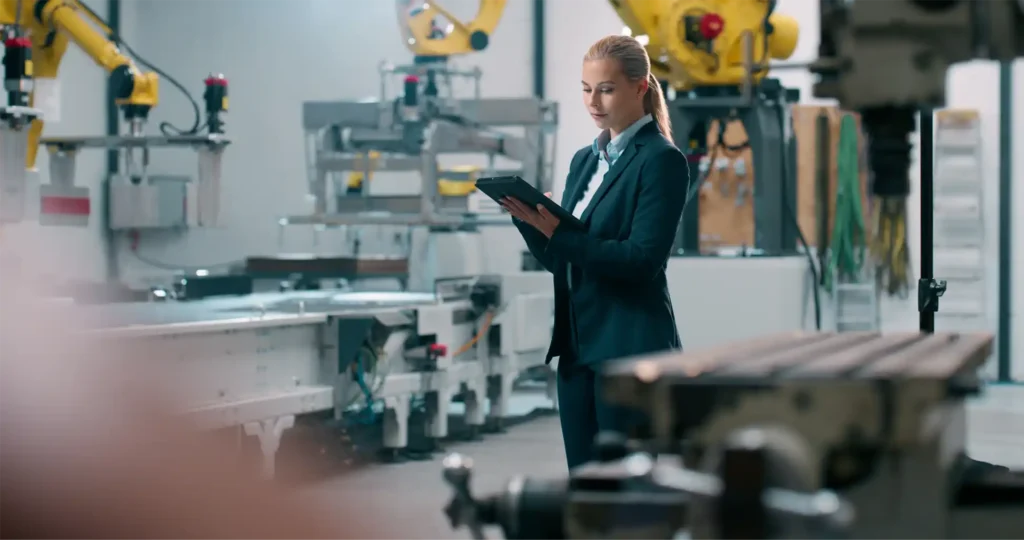A Life Cycle Assessment is the systematic analysis of the environmental impact of products during their entire life cycle.
During a Life Cycle Assessment (LCA), environmental impacts are evaluated throughout the entire life cycle of a product (production, use and disposal or recovery). This also includes the upstream and downstream processes associated with production (e.g., the production of raw, auxiliary and operating materials) and with the product’s final End of Life (EoL), that is, the recycling, reuse or waste treatment. Environmental impacts refer to all relevant extractions from the environment (e.g., ores and crude oil), as well as emissions into the environment (e.g., waste and carbon dioxide).
Let’s use a building as an example to illustrate LCA. Assessing the life cycle of a building starts with a list of materials in the building, such as bricks, glass, PVC, electrical components, etc. With that list you have a total mass balance of the building’s materials. You can then determine the environmental impact of those materials by evaluating the processes that happened, from the raw material extraction up until the point of construction.
Then you look into the environmental impact of the building when it is built and during its use, typically 50 years. That includes all the energy that goes into constructing the building and all the energy that is used in the building during its lifespan. Buildings normally have an energy consumption certificate (at least within the EU), which defines the potential energy consumption of the building. So it is possible to calculate the emissions of the building while occupied throughout its lifespan. This includes the environmental impact from energy production (e.g., electric power generation and crude oil and coal extraction) as well as the emissions associated with burning fuels (e.g., oil or gas) directly in the building.
Lastly, you look at the End of Life by returning to the mass balance of the building and defining the EoL of the building materials, standardized by the geographical location of the building. So, glass and concrete might be land-filled, steel and copper would go into recycling, wood might be incinerated, etc. The emissions from logistics and efforts of recycling and disposal are added to this phase, including the energy and materials used.
The total calculation of all these three phases (or the LCA) translates into the carbon footprint of the building.
With an LCA, you can calculate the status of carbon emissions and identify carbon reduction potentials for a building, including how to achieve net zero by learning what efforts are required and what potential hotspots exist. It also allows you to make useful comparisons without shifting burdens from one energy system to another or from one life cycle phase into another. It is used for green building certification. Of course, such an LCA approach is applicable to all products that are manufactured as well.

Courtesy of Fraunhofer IBP, Jan Paul Lindner
The International Organization for Standardization provides guidelines for conducting a Life Cycle Assessment according to ISO 14040 and 14044.





